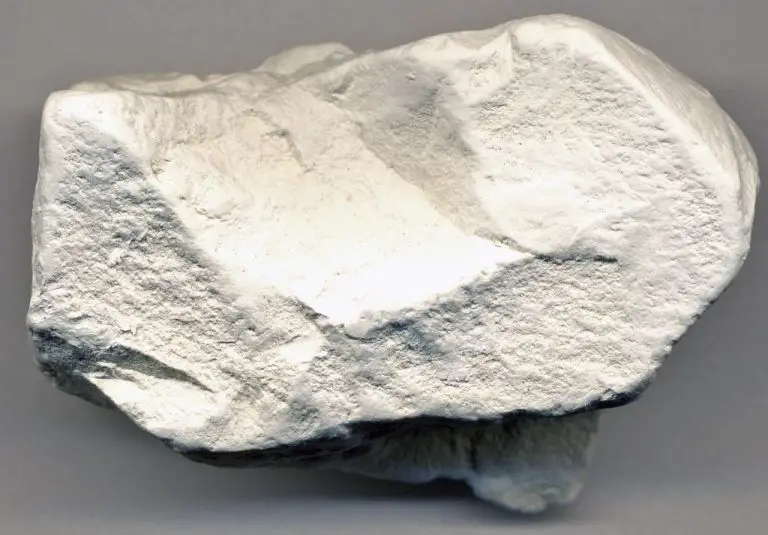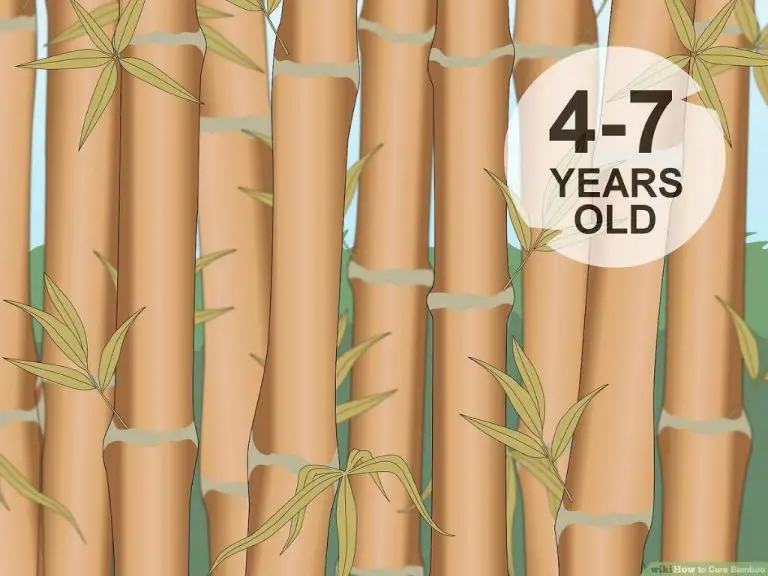Does Silk Screen Printing Last Long?
What is Silk Screen Printing?
Silk screen printing, also known as screen printing or serigraphy, is a printing technique that uses a mesh screen to transfer ink onto a surface. The screen is made of a finely woven mesh stretched over a frame, with the areas that will not receive ink blocked off. Ink is forced through the open areas of the screen onto the surface below using a squeegee or rubber blade.
The basic process involves placing the screen over the item to be printed, then applying ink across the top of the screen. The ink is pushed through the open areas of the mesh onto the surface below by the squeegee. The ink transfers the design onto the surface. The screen is then lifted, and the process repeated for the next print. Screens can be made for one color or multiple colors.
Silk screen printing allows for printing on a wide variety of materials, including paper, plastic, glass, metal, fabric, and more. It is a versatile, cost-effective printing method ideal for high volume orders, such as t-shirts, posters, and signage. The ink dries quickly and results in a bold, vibrant print.
Source: http://forums.pichak.net/redirect.php?a=53ryci1213li32.%D0%B8%D0%B5%D0%BD%D0%BC%D0%B4.%D1%80%D1%84
Pros of Silk Screen Printing
One of the biggest pros of silk screen printing is the ability to produce vibrant, opaque colors that stand out. The inks used in silk screening contain high concentrations of pigments, allowing for deep saturated hues. The ink is applied in a thick layer and bonds securely to the surface, resulting in a bold, crisp image (2). Because the ink remains on top of the material rather than soaking in, the colors are opaque and cover anything underneath completely. This makes silk screening well-suited for printing on colored fabrics or surfaces since the image will not appear washed out or transparent.
Compared to other printing methods like lithography or digital printing, silk screened colors are more intense, bright, and solid. The bold colors come from both the ink properties and the process itself which deposits a thick coat on top of the substrate. This heavy layer of pigment creates a very vibrant, eye-catching effect. For applications like posters, packaging, or textiles where visual impact is important, the intense colors achieved with silk screening are highly desirable (1). In summary, the ability to produce clean, opaque, saturated colors is one of the biggest advantages of silk screen printing.
Cons of Silk Screen Printing
While silk screen printing has many benefits, there are some drawbacks to consider as well. One of the main downsides is that it does not work well for printing fine detail. The screens have a limit in terms of resolution, so intricate designs, small text, and complex graphics will not turn out clearly (https://www.butterprints.com.sg/post/services-silkscreen-printing). The process relies on pushing ink through the open areas of a mesh screen, which means the design elements need to have distinct edges and spaces between them. Fine lines, small text, and detailed imagery tend to get lost or blurred. So silk screen printing is best suited for bolder, simpler designs.
Another con is that it requires more setup time compared to digital printing methods. The screens must be carefully prepared for each individual color in the design. So printing multiple colors or running small batches drives up preparation costs and lead times (https://mrlabel.com/difference-between-silk-screen-printing-and-heat-transfer/). Silk screening is ideal for longer print runs where the initial setup cost can be spread out.
Durability of Silk Screen Printed Materials
Silk screen printed materials are known for their durability and longevity. The ink used in silk screening is applied in a thick layer on top of the substrate, which allows it to better withstand fading and abrasion over time compared to other printing methods.
According to XINDE, silk screen printing on glass can last for over 20 years without fading when proper inks are used. The thick application of ink creates a protective coating against UV rays from the sun, which helps prevent fading. Silk screening is commonly used on outdoor signage and architectural glass for this reason.
The ink cures into the substrate, creating a strong mechanical bond that is highly abrasion resistant. Silk screened materials can withstand frequent handling and cleaning without the ink deteriorating or flaking off. This makes it an ideal option for products that are used outdoors or in harsh environments.
Proper surface preparation and ink selection based on the substrate material are important factors in maximizing the longevity of silk screened graphics. With optimal techniques, silk screening can produce images that withstand many years of use with minimal fading or wear.
Maximizing Durability
To maximize the durability and longevity of silk screen printed materials, proper curing of the inks is crucial. The inks must reach the manufacturer recommended temperature for the full recommended time to properly fuse to the fabric. Rushing the curing process can lead to poor adhesion and cracking or fading over time.
Using high quality, textile-specific inks designed for durability is also important. Standard plastisol inks cure into a flexible plastic coating that is able to withstand repeated washing and wearing without cracking or peeling. However, lower quality or non-textile specific inks may not offer the same level of adhesion and durability. Always check that the inks are specifically designed for fabric screen printing.
Other tips for maximizing durability include:
– Allowing prints to fully air dry after removing from the curing oven or heat press before stacking or folding to prevent cracking in the ink.
– Turning garments inside out during washing and line drying or tumble drying on low heat.
– Avoiding harsh detergents and adding a fabric softener during washing.
Ideal Uses
Silk screen printing is commonly used for printing designs, art, or logos onto clothing, particularly t-shirts, due to its ability to print vibrant colors onto fabric. Some key ideal uses include:
T-Shirts – Silk screen printing allows for printing crisp, bright designs and logos on t-shirts. The thick ink sits on top of the fabric rather than absorbing into it, leading to dazzling colors and effects. T-shirt printing is one of the most popular uses of silk screen printing today (source).

Posters – Silk screen printed posters feature vivid imagery with layered colors. The process allows artists to print detailed poster designs that stand out. Silk screen printing can print on thick poster paper stocks (source).
Simple Logos – Brands often use silk screen printing for logo application on products and signage. The method works well for simple logo marks with solid colors rather than complex illustrations.
Care and Maintenance
Properly caring for silk screened items is important for preserving the quality and appearance of the print. Here are some tips for washing, drying, and storing silk screened garments and materials:
Washing:
- Wash in cold water, either by hand or on a gentle cycle in the washing machine. Hot water can cause the ink to fade or crack over time (https://monsterpress.co.uk/wash-guide-screen-printing).
- Use a mild detergent without bleach or harsh chemicals, which can damage the print (https://creativeimprintsystems.com/how-to-wash-screen-prints/).
- Wash similar colors together to prevent colors from bleeding.
- Turn the garment inside out during washing to protect the print.
- Wash prints separately from other clothing the first couple of times.
Drying:
- Air dry prints rather than machine drying whenever possible.
- If machine drying, use low heat.
- Hang or lay flat to dry to prevent image distortion.
- Iron inside out on medium heat if needed.
Storage:
- Fold prints carefully to avoid cracking the ink.
- Store in cool, dry place away from direct sunlight.
- Consider plastic storage bins or garment bags to protect from dust.
Following proper care guidelines will help silk screened items maintain their vibrancy and keep their printed designs intact for many years.
Comparisons to Other Printing Methods
When it comes to durability, silk screen printing compares very favorably to other common printing methods like inkjet and laser printing. According to Screen Printing Versus Ink-Jet Printing, silk screen printing is much more durable than inkjet printing on textiles and garments. The Plastisol inks used in silk screening chemically bond with the fibers of the fabric, creating a print that lasts through repeated washings and wearings. Inkjet inks sit on top of the fabric and can crack or fade more quickly.
Similarly, DTG VS Screen Printing Durability & Which is Best states that silk screening results in a very thick ink deposit that holds up better than thin direct-to-garment inkjet prints over time. The curing process in silk screening sets the inks permanently. While DTG provides great quality for short runs, screen printing is preferred for orders of 50 or more garments that need to withstand washing.
Compared to laser printing, silk screening can print on a wider variety of materials like textiles, plastics, glass and metals. It also lays down thicker ink for enhanced durability. However, for paper printing, laser toner fuses to the substrate better than silk screened inks, so it may last longer in that specific application.
When to Choose Silk Screen Printing
Silk screen printing is an excellent choice when you need prints that will last a long time and stand up to repeated use. The ink used in silk screening is applied in a thick layer and bonds strongly to the fabric, resulting in a very durable print. Studies have found silk screened graphics retain vibrancy and clarity even after dozens of washes 1.
The silk screening process can efficiently produce large volumes of printed materials quickly and economically. It is well-suited for printing multiple copies of the same design, such as for branding, uniforms, or merchandising. The fixed costs of preparing the screens means larger volumes have a lower cost per print. Silk screening is commonly used for printing t-shirts, posters, labels, decals and other promotional items when durability and quantity are priorities 2.
In summary, when long-lasting, high volume prints are needed, silk screening is an optimal choice due to its durability and efficiency at scale.
Summary
In summary, silk screen printing can be quite durable and long-lasting when done properly. The ink is applied in a thick layer and bonds strongly with the fabric. However, the longevity depends on several factors:
- The quality of the inks and mesh used – High density inks using quality pigments last longer.
- Curing method – Heat curing provides better adhesion than air drying.
- Garment care – Proper washing and drying help prevent cracking and fading.
- Exposure to elements – Direct sun and abrasion will degrade silk screen prints faster.
With high quality materials and proper care, silk screen printed designs can remain vibrant and intact for years of regular wear and washing. It is a highly effective and graphic way to print custom designs with longevity in mind.


